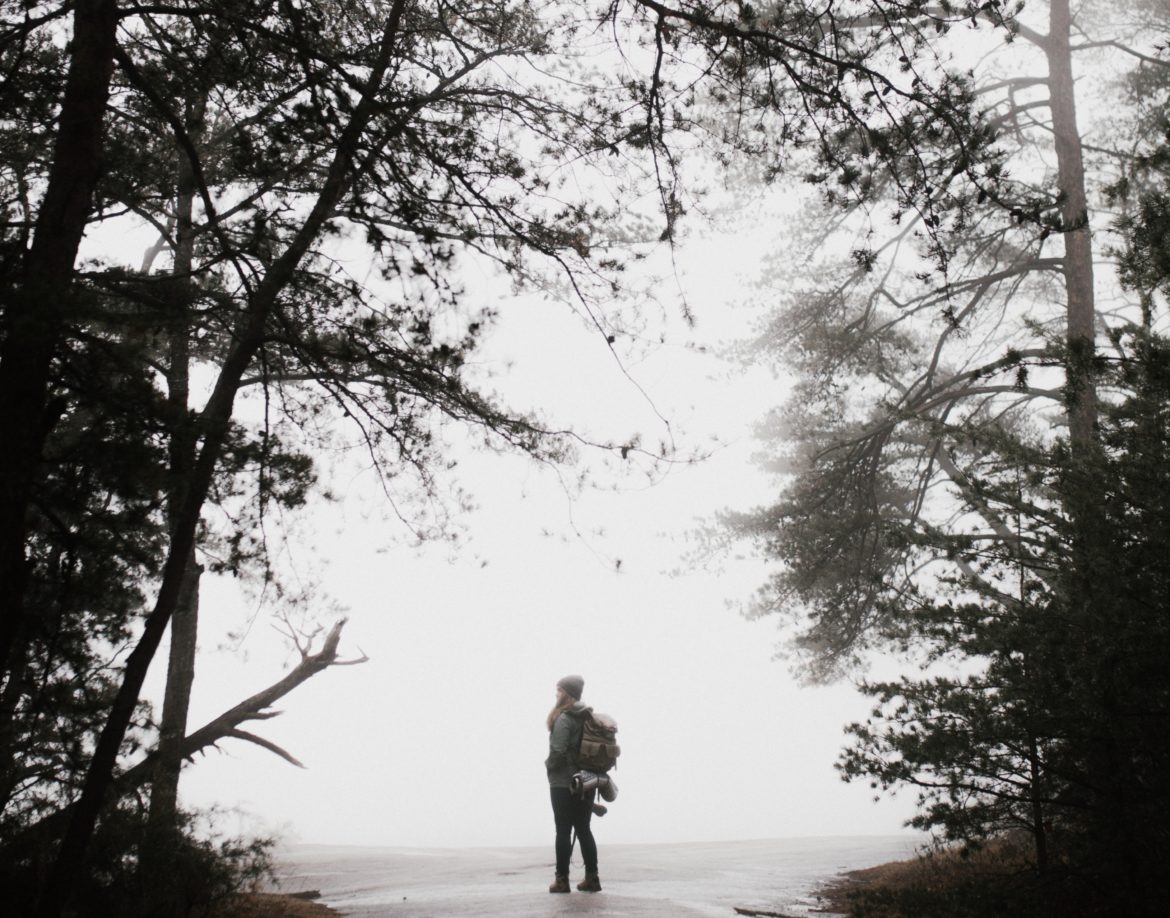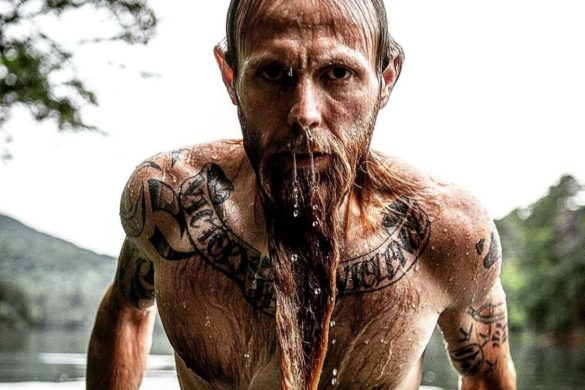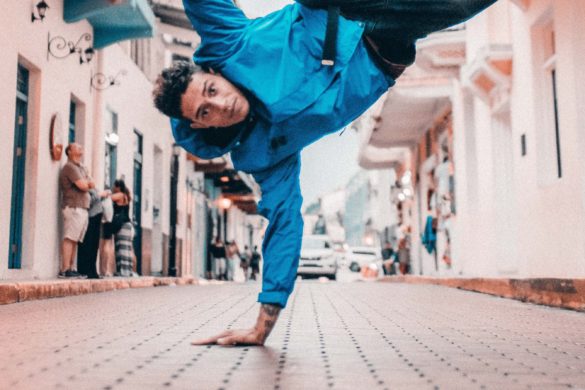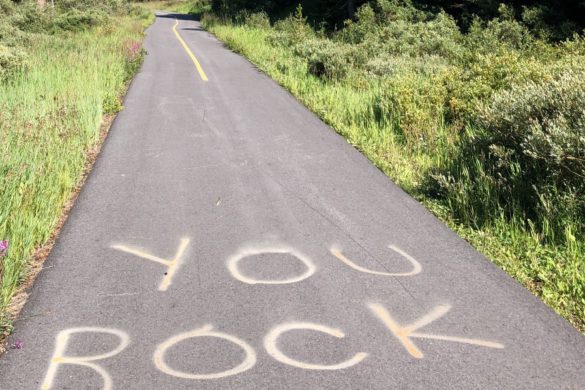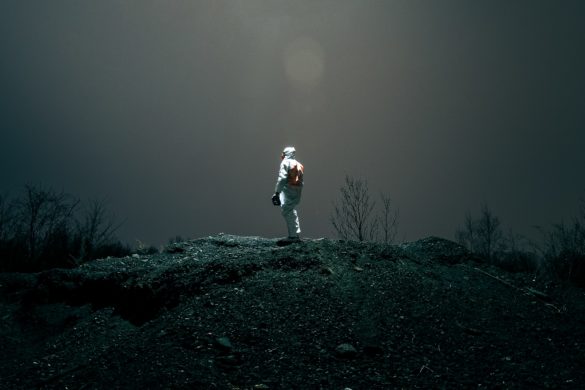I spent my 49th birthday alone and lost on Mt. Elbert. The day was the perfect mix of exhilarating and humbling. You should care, not because this is a hiking cautionary tale. This is about navigating uncertainty, which you might want to consider.
At 14,440 feet, Mt. Elbert is Colorado’s tallest mountain. Not a technical climb, but also not like walking through a parking lot. You start with hours of hiking up through the forest before you get to the steep stretch above treeline. It’s worth it. The view from the top will take your breath away.
A work meeting conspired to have me in Colorado the day before my 49th birthday. Since there was nothing planned for my birthday, I arranged to extend my trip to bag another 14er and celebrate on a mountain top in solitude.
In the dark hours of the morning, I parked the rental car at the trailhead and hiked in by headlamp. It was a chilly August weekday. The trail was empty. The route on my photocopied trail map was easy to follow. I summited in about 5 hours and in time to see the morning light paint the mountains around me.
It was glorious. I took pictures and headed down.
About 2 hours into the hike down, deep in the woods, I decided I’d taken a wrong turn. I hadn’t been paying attention to the map. I thought I knew where I was going. Now I wasn’t sure where I was—either on the map or on the trail.
Nothing looked familiar. I was headed mostly in the right direction (vaguely East), but everything else felt uncertain. There had been branches to the trail, and now I doubted my choices. I was going down. But I was also deep in the trees, and the trail kept branching.
This was back in the day before technology made GPS and mapping a breeze. I hadn’t paid enough attention to the map because I was sure I was going in the right direction. But now I was doubting myself.
I slowed down and finally stopped.
I remember standing there eating a granola bar and staring at yet another fork in the trail. Looking at the lousy map. Looking around. I was searching for anything that looked familiar. I even looked for my boot prints in the dirt.
Nothing looked familiar.
One of the rules of hiking (besides never hiking alone) is that as you go, you look over your shoulder to see what the terrain and trail will look like on the way back. I’d done that, but it was dark during much of my hike.
I picked the fork in the trail that looked the least unfamiliar and decided to give it another 30 minutes.
I found myself walking slower. And slower. Doubt slows you down. Moving quickly when you’re unsure you’re headed in the right direction isn’t natural.
A few minutes before my 30-minute deadline expired, I rounded a bend on the trail, and there was a tree that looked sorta familiar. Then in a minute or two, there was the boulder I’d sat by to tighten my boots on the way up.
And then the path was certain. I was on the right trail. I wouldn’t have to pay for losing a rental car. I wouldn’t become a news item about another dumb hiker lost in Colorado. I made good time to the rental car.
BOTTOMLINE: If you lead, life right now can feel just as uncertain. There’s not a lot that looks familiar. Doubt destroys momentum.
To find your way in this strange time, I think now is the time to look back over your shoulder. Look back at what got you to this moment as a leader and as an organization.
What were the right choices?
When were you confident you were on the right path?
Of course, I’m not talking about nostalgia or living in the past. I’m asking you to think critically about how you and your organization got to this point in time.
Make two short lists (keep ‘em short, maybe five or six items each):
What are the organizational strengths, touchstones, and values that brought your organization to this point?
What about you as a leader? What strengths, traits, and values are central to your career?
Maybe bring in someone you trust to give input. Ask them what they would put on the list.
Now do a forced choice and pare that list down to only the top 3 items for your organization and yourself.
2 lists of 3 items.
Double down on these items. Focus on these. Magnify these. How can you apply them today?
Using these foundational elements as guides during this time will help.
How’s it work? I’ll give you my lists look like for Oneicity and me.
Oneicity:
- We bring superior fundraising strategies to clients at affordable prices.
- We focus first on relationships and fit with clients.
- We’re a nimble, lean company that has never done things the way everyone else does.
For me:
- I solve income problems for clients.
- I know how to grow organizations in challenging times.
- I know how to connect with donors in ways that build relationships.
This week, I had to remind myself of my top three because I got distracted and discombobulated.
By going back to my list, I was not only more centered, I saw a couple of strategic moves Oneicity could make.
What about you? If you give it a try, I’d love to hear what’s on your list.
You can always reach me at sthomas AT oneicity DOT com
st
Steve Thomas

